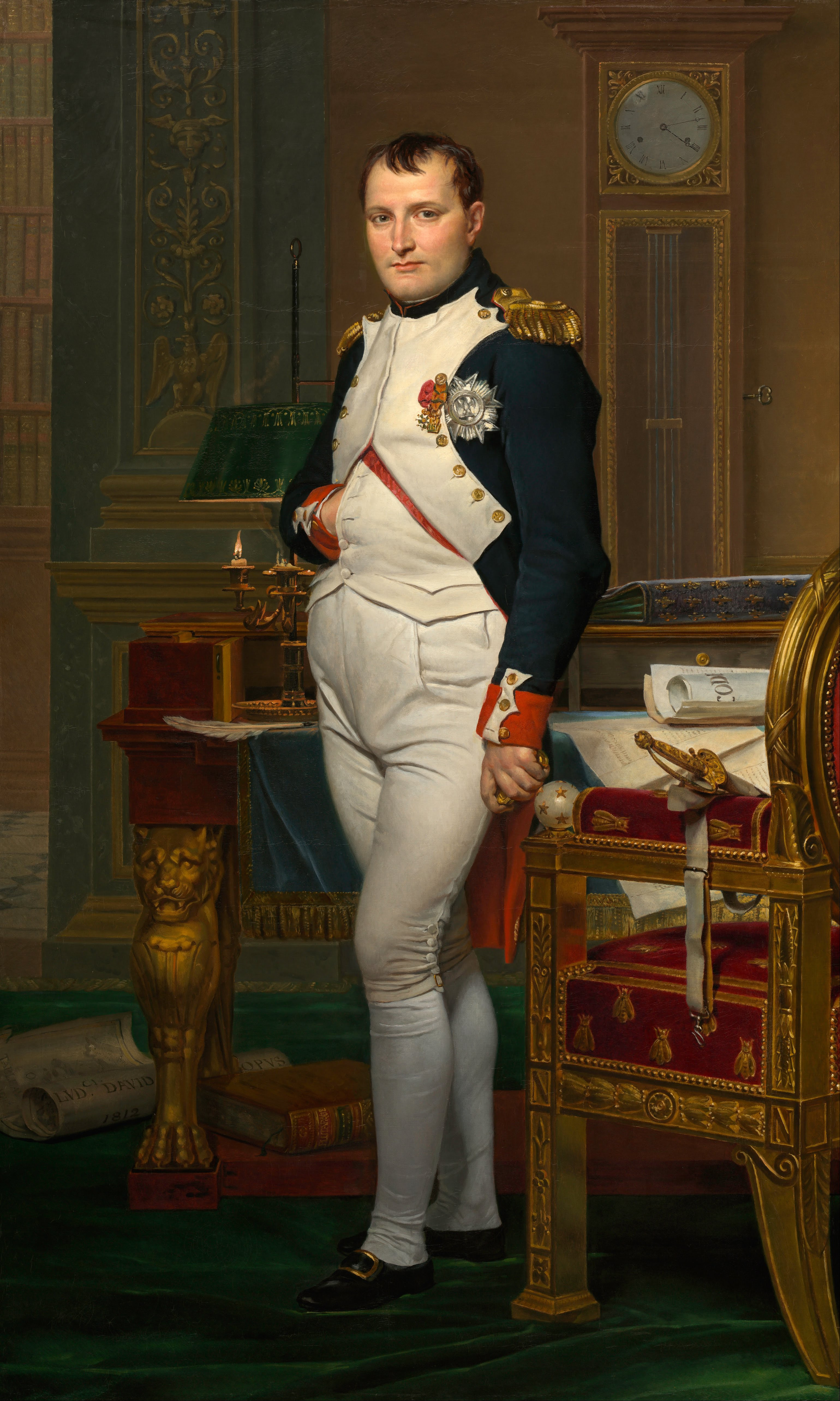The Mysterious Death of Napoleon Bonaparte: Illness, Poison, or Politics?
Napoleon Bonaparte, one of history’s greatest military leaders, died on May 5, 1821, while in exile on the remote island of St. Helena. His death at just 51 years old sparked endless debate, speculation, and conspiracy theories. While most historians attribute his demise to stomach cancer, others have argued about poisoning, chronic illness, and even medical malpractice. In this article, we explore the fascinating circumstances of Napoleon’s final days, the autopsy reports, and the ongoing controversies surrounding his death.

Life in Exile on St. Helena
After his defeat at the Battle of Waterloo in 1815, Napoleon was exiled by the British to St. Helena, a small volcanic island in the South Atlantic Ocean. It was isolated, harsh, and carefully guarded, ensuring that escape was nearly impossible.
Napoleon lived at Longwood House, where he spent his final six years under strict surveillance. Though given some freedom, he was constantly monitored by British authorities, particularly Governor Hudson Lowe, who had a tense relationship with the former emperor.
Life in exile was monotonous, and Napoleon’s health began to decline steadily.
The Last Days of Napoleon
From March 1821, Napoleon became bedridden due to severe stomach pains, vomiting, and weakness. By May 1, he was too frail to leave his bed.
On May 3, his companions noticed his worsening condition. The following day, doctors gave him a large dose of calomel (mercury chloride) in an attempt to improve his health. Instead, the treatment violently worsened his symptoms.
By the night of May 4–5, Napoleon was semi-conscious, muttering his final words—reportedly “tête… armée…” (“head… army…”). Surrounded by friends, servants, and doctors, he passed away at 5:49 p.m. on May 5, 1821, at the age of 51 years, 8 months, and 21 days.
The Official Cause of Death: Stomach Cancer
The day after his death, Napoleon’s autopsy was performed by his physician François Antommarchi, assisted by seven British doctors. They noted:
- A large gastric ulcer and extensive damage to the stomach lining.
- Chronic bleeding consistent with stomach cancer.
- Signs of severe anemia, weight loss, and malnutrition.
Napoleon himself believed he would die of the same illness as his father, Charles Bonaparte, who had also succumbed to stomach cancer.
The British governor, Hudson Lowe, accepted this conclusion.
The Autopsy Controversies
Napoleon’s autopsy did not settle matters. Instead, it sparked confusion and debate:
- Multiple reports existed. Antommarchi wrote at least three versions of his findings, each slightly different.
- Some described ulceration and bleeding, while others hinted at cancerous lesions.
- Later critics questioned whether the diagnosis of “cancer” was even accurate by 19th-century medical standards.
Adding to the mystery, Napoleon’s heart and stomach were removed, preserved in wine spirits, and placed in silver vessels.
The Arsenic Poisoning Theory
In the 1950s, Swedish dentist and toxicologist Sten Forshufvud suggested that Napoleon had been deliberately poisoned with arsenic. His argument was based on:
- Testimonies from Napoleon’s valet, Louis Marchand, describing symptoms resembling arsenic poisoning (hair loss, weakness, digestive issues).
- Analysis of Napoleon’s hair showing high levels of arsenic.
- A theory that the British or even rivals among his companions had secretly administered poison.
Later tests in the 2000s confirmed chronic exposure to arsenic, but historians caution that arsenic was present in many household items of the 19th century, including wallpaper and medicine. Thus, exposure might have been environmental, not intentional murder.
Other Theories of Death
Aside from cancer and poisoning, other theories include:
- Medical malpractice – The calomel treatment administered before his death may have accelerated his decline.
- Liver disease – Some British doctors suggested chronic liver failure or abscess.
- Kidney failure – Danish physician Arne Soerensen proposed kidney-related illness.
- Ulcer complications – Chronic gastric ulcers might have caused fatal bleeding rather than cancer.
Burial and Legacy
Napoleon was buried on St. Helena, in a simple grave without his name, marked only with the word “Here lies”. In 1840, his remains were exhumed and transferred to Paris, where he was reburied with great honor at Les Invalides.
His death remains one of history’s enduring mysteries, symbolizing both the fragility of human life and the enduring legend of one of history’s most powerful leaders.
FAQs About Napoleon’s Death
1. What was Napoleon’s official cause of death?
Napoleon’s official cause of death was stomach cancer, confirmed by the autopsy.
2. Did Napoleon believe he would die of cancer?
Yes. He believed he would suffer the same fate as his father, who had died of stomach cancer.
3. Was Napoleon poisoned?
Tests on his hair revealed high arsenic levels, but historians believe it was environmental exposure, not deliberate poisoning.
4. Why is there controversy over his autopsy?
Because multiple, conflicting reports exist, with varying descriptions of his stomach condition.
5. Where is Napoleon buried today?
He rests in a grand tomb at Les Invalides, Paris, moved there in 1840 from St. Helena.
Conclusion related to Napoleon’s death
Napoleon’s death on May 5, 1821, remains one of history’s most fascinating medical mysteries. While the official explanation points to stomach cancer, speculation about arsenic poisoning, ulcers, or other illnesses has persisted for two centuries.
Whether he died of natural causes, medical error, or something more sinister, Napoleon’s final chapter adds to his legend as a man whose life—and death—changed the course of world history. His legacy endures not just in politics and warfare but in the ongoing debates about how one of history’s greatest figures met his end.
